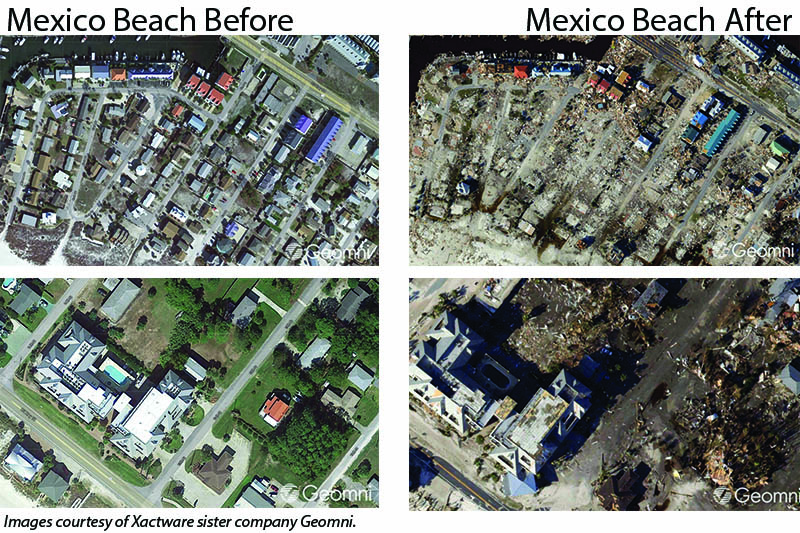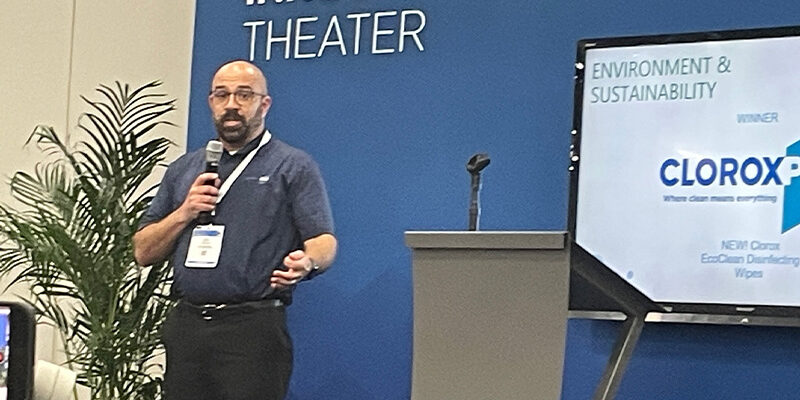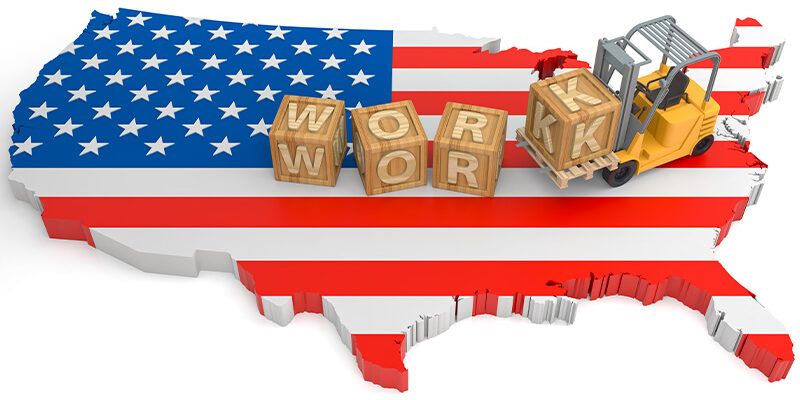Hurricane Michael Property Damage Estimated at $8B

MEXICO BEACH, FL — October 31, 2018 — Hurricane Michael slammed into the Florida Panhandle on Wednesday, October 10 as a strong Category 4 storm with peak winds at 155 mph. Michael made landfall at Mexico Beach, Florida, and as the first Category 4 storm on record to hit the Panhandle, it dealt a devastating blow to the region. Insured property damage from Hurricane Michael could be as much as $8 billion, according to estimates by Karen Clark & Company, not including those losses covered by federal flood insurance. This number is nearly double CoreLogic’s pre-storm estimate of $4.5 billion in losses.
About half of the property losses occurred in just two Florida counties: Gulf County and Bay County, where more than 2,500 structures were damaged and at least 162 were destroyed, according to Fox8 News. In addition to insured property losses, Michael could cause up to $30 billion in total economic losses, according to AccuWeather.
Based on wind speed, Hurricane Michael was the fourth strongest storm ever to make landfall in the U.S. With over 10 feet of storm surge in Mexico Beach and rainfall totaling 7-9 inches across the Mid-Atlantic, Michael caused plenty of flooding and water damage, but the most severe damage was from high winds, according to The Washington Post and other sources.
The structural damage along the Florida coast is unprecedented for this region. Mexico Beach was obliterated, and to the west, nearly all of Tyndall Air Force Base’s 1,340 buildings were damaged, according to The Washington Post.
One contributing factor to the devastation was the tall pines of North Florida, many of which were snapped by the wind and worsened structural damage from Hurricane Michael. Another factor was a history of weaker building codes in the Panhandle than in the rest of Florida, according to Jean-Paul Pinelli of the Structural Extreme Event Reconnaissance Network (StEER).
Florida Today explains that after Hurricane Andrew in 1992, legislators passed statewide building codes to ensure that new structures would be built to withstand a powerful storm, but they also created the “Panhandle Exemption” to those codes because strong storms are rare in that part of the state. The exemption was lifted in 2007, but structures built to that point were not designed to survive a Category 4 storm, and according to Pinelli, that is evident in the destruction wreaked by Michael.













